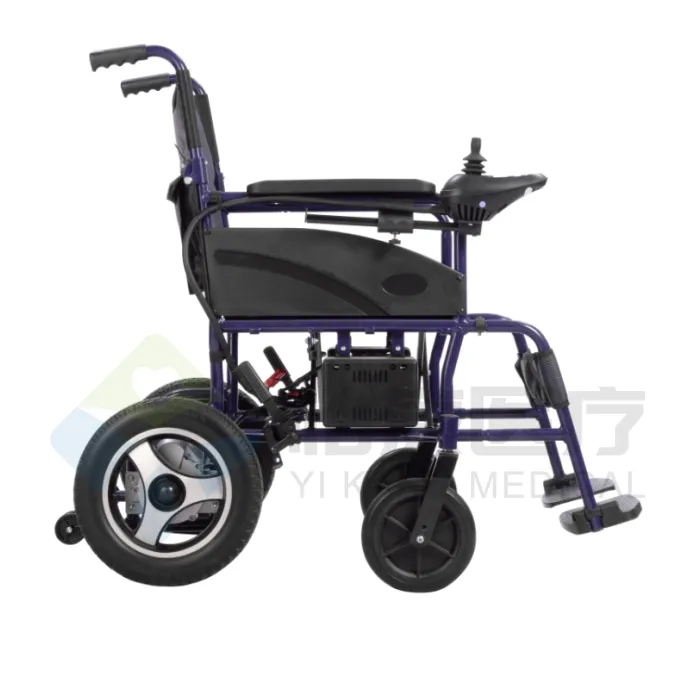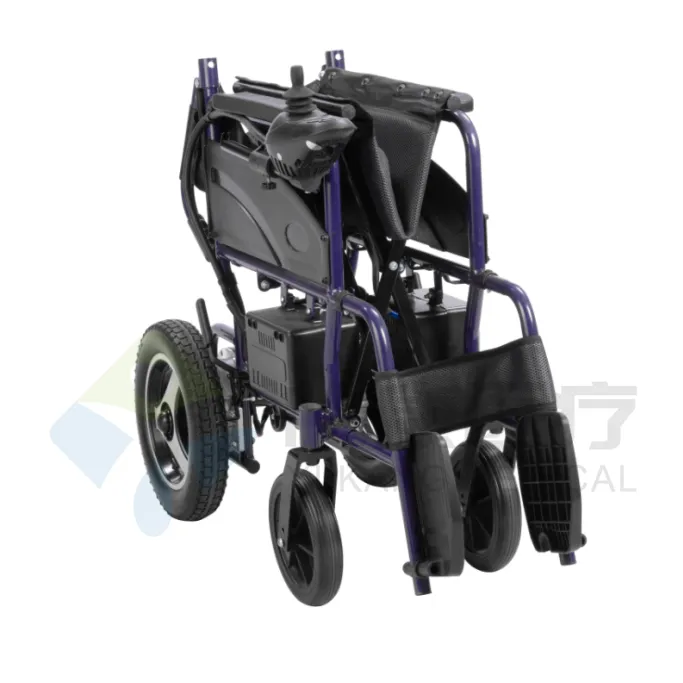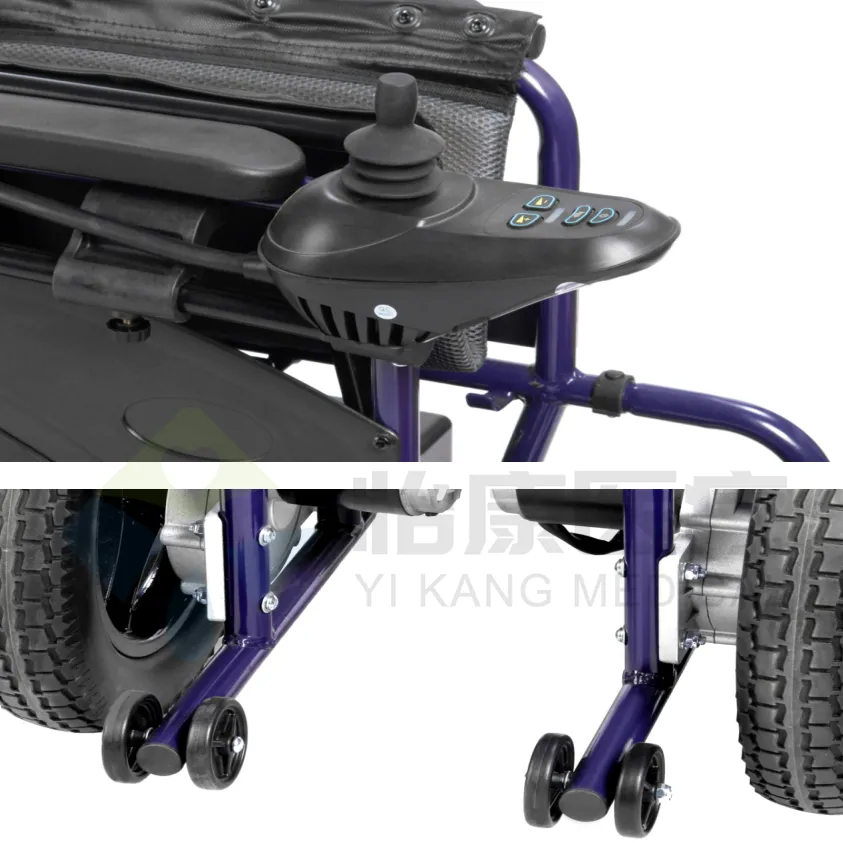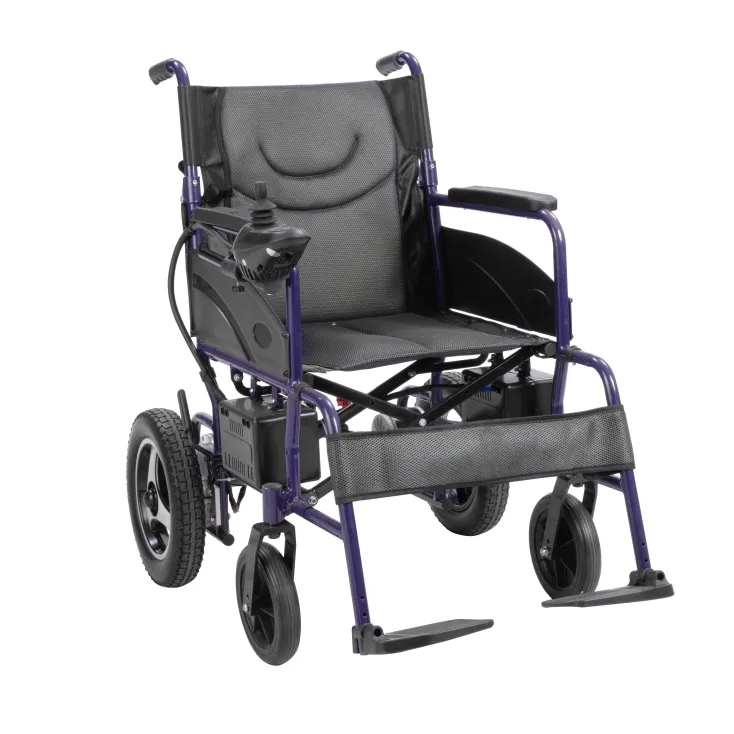The number of disabled people and elderly passengers who rely on assistive mobile devices is increasing, and electric wheel chairs, as a commonly used auxiliary travel tool, often encounter various restrictions in air travel. Real problems such as "cannot be brought directly into the cabin", "need to be checked in", "batteries need to be packaged separately", "some airlines refuse to carry", etc., make "Why are electric wheel chairs not allowed on many planes?" a topic of concern with strong reality.
This article will conduct an in-depth analysis around this title, systematically answer from multiple dimensions such as technical specifications, safety standards, space restrictions, aviation regulations, and conduct a detailed discussion around the keyword "electric wheel chair".

Why has the electric wheel chair become an indispensable mobile auxiliary tool?
The electric wheel chair is an auxiliary mobile device driven by electricity, usually equipped with systems such as batteries, motors, controllers and control chips. It is widely used in people with limited lower limb function, difficulty in movement or long-term sitting activities, especially in the elderly, spinal cord injury patients, chronic disease patients, etc. The demand is extremely high.
Unlike traditional manual wheelchairs, power wheel chairs can be controlled autonomously and do not rely on others to push them, which significantly improves the user's independent travel ability. However, due to its complex structure, power system and battery components, its adaptability in the aviation environment faces challenges.

Why are electric wheel chairs not allowed on airplanes?
Although airlines generally welcome disabled passengers and provide relevant auxiliary services, they face many technical and regulatory challenges when it comes to the specific operation of "using power wheel chairs". The following is a detailed explanation of the main reasons:
1. Safety risks related to lithium batteries
The core power system of electric wheel chairs is the battery they are equipped with. Most modern electric wheel chairs use lithium-ion batteries. This type of battery has the advantages of high energy density and small size, but it also has the following safety hazards:
• Thermal runaway phenomenon: Lithium batteries are prone to thermal runaway reactions in overheating, short circuit, impact or high-voltage environments, causing spontaneous combustion or explosion.
• Electrolyte leakage: Battery damage may cause chemical leakage, which is corrosive and toxic and may damage the aircraft structure.
• Aviation regulations restrictions: The International Air Transport Association (IATA) has strict restrictions on battery specifications, packaging, power, etc. Electric wheel chair batteries that exceed the rated power are not allowed to be checked in or carried on board.
Therefore, from the perspective of flight safety, the batteries used in power wheel chairs pose a serious potential risk, which has become the primary reason for airlines to restrict their carrying and use.
2. Interference and uncontrollability of electric systems
Electronic equipment inside aircraft is highly sensitive and extremely vigilant against electromagnetic waves. The control system, motor, and power switch of the power wheel chair will release trace electromagnetic waves during operation, which may interfere with the following equipment:
•Aviation communication system;
•Navigation system (especially old aircraft);
•Cockpit electronic instruments.
Although the probability of such interference is extremely low, under the "zero tolerance" safety concept of the aviation industry, even extremely low probability events must be avoided as much as possible. This makes "activating electric wheel chairs in the cabin" an act that airline operators are unwilling to accept.
In addition, if the power wheel chair is not locked during a turbulent flight, the wheelchair driven by the motor may slide or tip over uncontrollably in the cabin, causing passenger injury and aisle obstruction risks, which is another core reason for airlines to impose restrictions.
3. Cabin space and structural limitations
The design of aircraft cabins is highly standardized, with narrow aisles and small spacing between seats. Take common narrow-body aircraft such as the Boeing 737 series and Airbus A320 as examples:
• The aisle width is usually no more than 51 cm;
• The front and rear spacing of passenger seats is only about 76-81 cm;
• The cabin door width is only 60-70 cm.
Most power wheel chairs are between 60-75 cm wide, and some models also have reinforced structures or rollover supports, which cannot pass through the cabin aisle at all. In addition, the power wheel chair cannot be folded, and even if it is allowed to be brought into the cabin, it is difficult to put it in place, which does not meet the escape requirements.
Therefore, on a physical level, the electric wheel chair is basically impossible to operate or park in the cabin of most passenger aircraft, and thus it is not feasible to "use it on the aircraft".
4. The air consignment process is complicated and the supporting services are not perfect
Even if the airline accepts the consignment of electric wheel chairs, the process involved is still complicated:
• The battery needs to be disassembled, packaged and labeled independently;
• Some electric wheel chairs need to be powered off and locked to prevent accidental start-up;
• Large electric wheel chairs are easily damaged and parts are loose during transportation;
• Airport service personnel do not have enough knowledge of different brands and models of equipment, and improper operation can easily cause mechanical failures.
These practical problems have caused airlines to face rising management costs and risk responsibility pressure when transporting electric wheel chairs. Therefore, some airlines simply restrict the carrying or use of power wheel chairs at the policy level in order to avoid responsibility, which has become a common phenomenon.

International and domestic aviation regulations on power wheel chairs
International standards (IATA Dangerous Goods Regulations)
The International Air Transport Association has imposed the following restrictions on the carrying and check-in of power wheel chairs:
•Only batteries with disconnectable power and leak-free structures are allowed;
•Battery power must not exceed 300Wh;
•If you bring a spare battery, only one (≤300Wh) is allowed;
•The operation method and power-off steps must be clearly stated and declared in advance.
Excerpts from policies of major domestic airlines
Air China
•Accepting electric wheel chairs for check-in, must be declared 48 hours in advance;
•The battery is disassembled and packed in the original fireproof shell;
•Electric wheel chairs are not allowed to be used on aircraft.
China Eastern
•Electric wheel chairs with batteries exceeding 300Wh are not accepted;
•Passengers are not allowed to ride or use power wheel chairs in the cabin;
•Free wheelchair service is provided, and pick-up and drop-off are provided.
In summary, both international regulations and airline operating policies have clear restrictions on the use of power wheel chairs. The basic conclusion that it is "unusable" is based on a number of real technologies and safety standards rather than man-made obstacles.

The real dilemma of electric wheel chair users in air travel
Since electric wheel chairs cannot be used directly on airplanes, relevant users often face the following problems:
• Interruption of movement: Before boarding the plane, they need to switch to an ordinary manual wheelchair, which increases the difficulty of transfer;
• Risk of equipment damage: Electric wheel chairs fall or parts become loose during check-in;
• Lack of supporting support: Some small and medium-sized airports do not have professional power wheel chair operators;
• Communication barriers: There is a misunderstanding of technical terms between ground staff and passengers, which affects the efficiency of check-in and declaration.
These real problems further magnify the impact and inconvenience caused by "electric wheel chairs are not allowed on airplanes".
How Long Does Production and Delivery Take?
Our standard lead time varies depending on order size and product type, but typically ranges from 30 to 45 days. We prioritize timely delivery while maintaining high quality standards. Our logistics team coordinates with trusted carriers to ensure safe and fast shipping worldwide.

